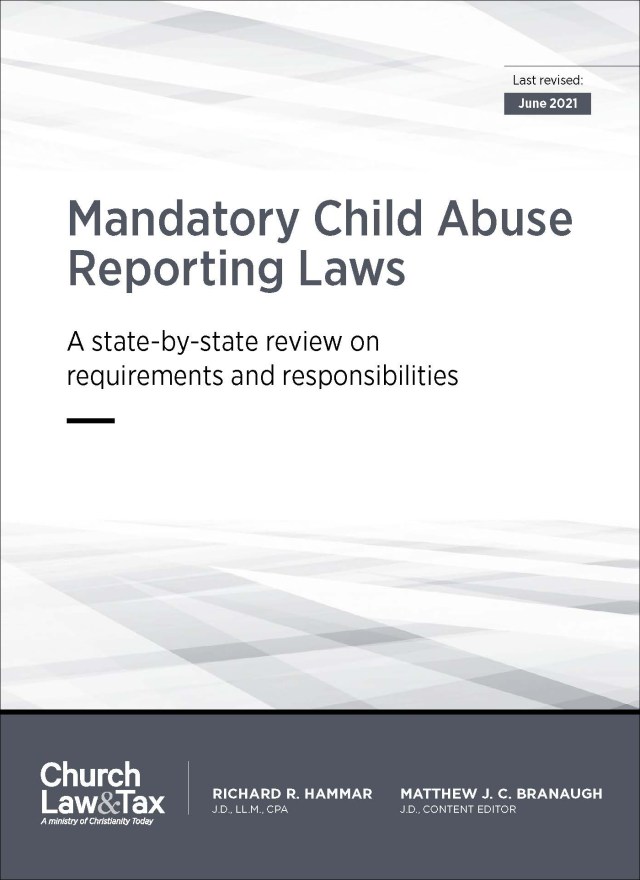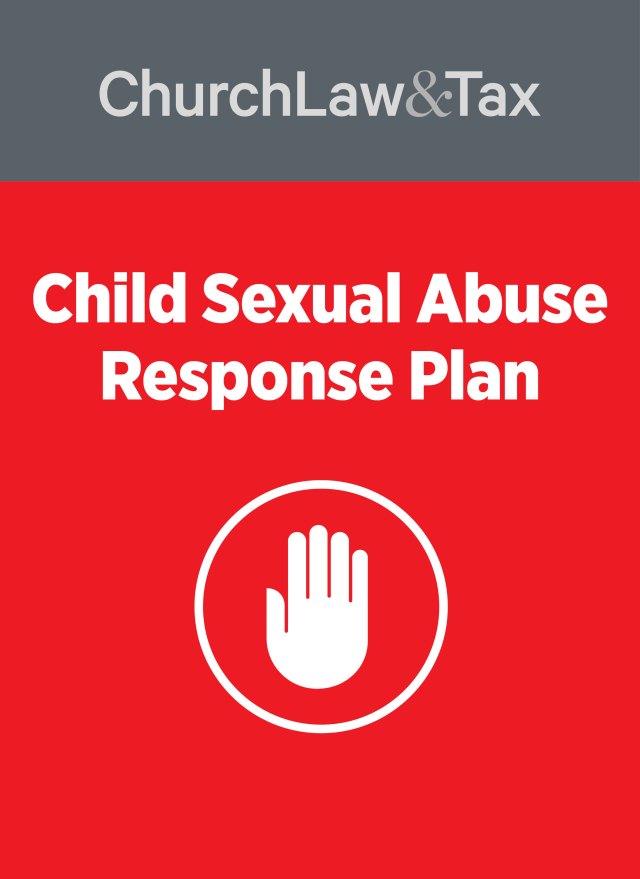Key point 4-11.01. Clergy who engage in sexual contact with an adult or minor are subject to civil liability on the basis of several legal theories. They also are subject to criminal liability.
Key point 10-09.01. Some courts have found churches liable on the basis of negligent supervision for a worker’s acts of child molestation on the ground that the church failed to exercise reasonable care in the supervision of the victim or of its own programs and activities.
Key point 10-09.03. Churches can reduce the risk of liability based on negligent supervision for the sexual molestation of minors by adopting risk management policies and procedures.
A New Jersey appeals court affirmed the five-year sentence of a church’s volunteer youth worker for sexual contact with an adolescent female.
Background
When she was in fifth grade, a girl (the “victim”) began attending a church with her mother. Several years later, the victim joined the church’s youth group, which conducted activities for the church’s teenage members. At the time, a volunteer leader in the youth group (the “defendant”) would occasionally give sermons at the Bible study meetings, chaperone outings, and attend and chaperone annual retreats.
In October 2013, the victim stopped attending youth group activities. Thereafter, the defendant began calling and texting her to convince her to rejoin the group. The victim claimed that:
- by November 2013, she and the defendant were speaking on the phone several times per week and regularly exchanging text messages;
- she began to view defendant as a mentor whom she could speak with about her personal issues, the youth group, and her own relationship with God; and
- by December 2013, she and defendant began discussing sex, and sex was a “pretty normal” part of their conversations.
By January 2014, the victim had again started to attend the youth group activities and her communications with the defendant increased. She would see the defendant often at these activities and sometimes he would drive her home.
In February 2014, the defendant asked the victim if she would be interested in babysitting his children. The defendant had a daughter who was six years old and a son who was six months old.
The victim agreed and began to babysit the defendant’s children. She did so approximately six to eight times between March 2014 and June 2014. Each time, defendant would pick her up at her home and drive her to his house. She would babysit the children from 5 p.m. until 9 p.m., after which the defendant would drive her home.
The victim testified that during her second visit to the defendant’s home, he entered the family room where she was babysitting and motioned for her to follow him into an adjacent guest bedroom.
Once they were inside the guest bedroom, the defendant told the victim that he had received visions from God indicating she “was hurting.” The defendant said he could help her “be happy” and “become closer to God” if they reenacted his “visions,” which involved various sexual positions.
The victim insisted that the defendant’s actions “definitely made her feel uncomfortable.” She stated, however, that she viewed the defendant as a leader in her church and believed he cared for her, so she trusted him when he said that engaging in this conduct would bring her closer to God. The victim testified that the defendant repeated this conduct each time she babysat for his children, which was five more times.
Police investigation
In June 2014, the victim stopped babysitting for the defendant. About a month later, she called one of her mother’s friends from church, told her what the defendant had been doing, and asked her if it was wrong. The friend immediately went to the church’s pastor to inform him what the victim had told her.
In July 2014, the pastor, his wife, and the defendant met with the victim’s mother to tell her what the defendant had disclosed. The mother immediately took her daughter to the nearest police station, arriving around 1 a.m.
The officers took an initial report and asked the victim and her mother to go home, rest, and return in the morning to give a full statement to the detectives. The victim and her mother returned to the police station later the next day and the victim gave a full statement to several detectives who would be involved in the investigation.
As part of the investigation, the victim agreed to call the defendant on August 5, 2014, while the police listened in and made a recording of the call.
In the recorded conversation, the defendant told the victim that she should not be calling him because her mother “is real strict on that.” She asked the defendant what she should tell her mother about his conduct. He responded, “I have no idea . . . I’m sorry.” During the call, the defendant did not implicate himself in any illegal conduct.
Appeals court affirms the conviction
The victim’s mother gave the police her daughter’s cellphone and consented to a forensic investigation of the phone, which identified 118 text messages and 9 video calls between the defendant and the victim.
Thereafter, the defendant was arrested and charged with criminal sexual contact and endangering the welfare of a child by engaging in sexual conduct. The defendant was found guilty and sentenced to five years of incarceration. An appeals court affirmed his sentence.
What this means for churches
This case offers three important lessons for church leaders.
1. Understand the risk associated with cellphones
This case illustrates the risks associated with cellphones. The defendant’s cellphone contained 118 text messages and 9 video calls between defendant and the victim.
As a “best practice,” churches should prohibit any private messaging on any social media platform by a youth or children’s pastor or lay volunteer with unrelated minors.
To help develop best practices, contact your local public school district and find out what restrictions they place on communications between teachers and students. Often, such communications are prohibited.
2. Enforce a two-adult rule
The defendant was able to pursue his sexual behavior with the victim in his home, the victim’s home, and his car because much of it occurred without any other adults being present.
Even though this conduct occurred off the church’s property and outside of church activities, this case still illustrates the importance of a “two-adult” rule that says no minor is ever allowed to be alone with an unrelated adult during any church activity. Such a policy reduces the risk of child molestation and also reduces the risk of false accusations of molestation.
3. Watch for high-risk behaviors
Some leaders who molest minors in churches or church activities have openly engaged in high-risk behaviors, including:
- Inviting minors to spend time in their home.
- Inviting minors to spend the night in their home.
- Driving a vehicle with one or more unrelated minors on board, and no other adults.
- Going on day trips with an unrelated minor.
- Going on overnight trips with an unrelated minor.
- Spending the night in a hotel with one or more unrelated minors.
- Meeting one or more minors in places where minors congregate.
- Sleeping in a tent or cabin with an unrelated minor during a campout.
- Providing unrelated minors with gifts.
These, and similar, “grooming” behaviors are associated with many incidents of sexual abuse involving youth and children’s ministry leaders. Such behaviors should be promptly confronted and stopped.
State v. S.A.B., 02021 WL 2426613 (N.J. App. 2021).


